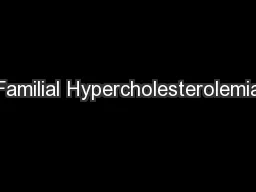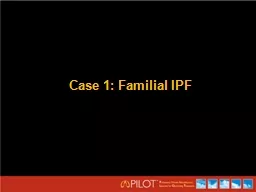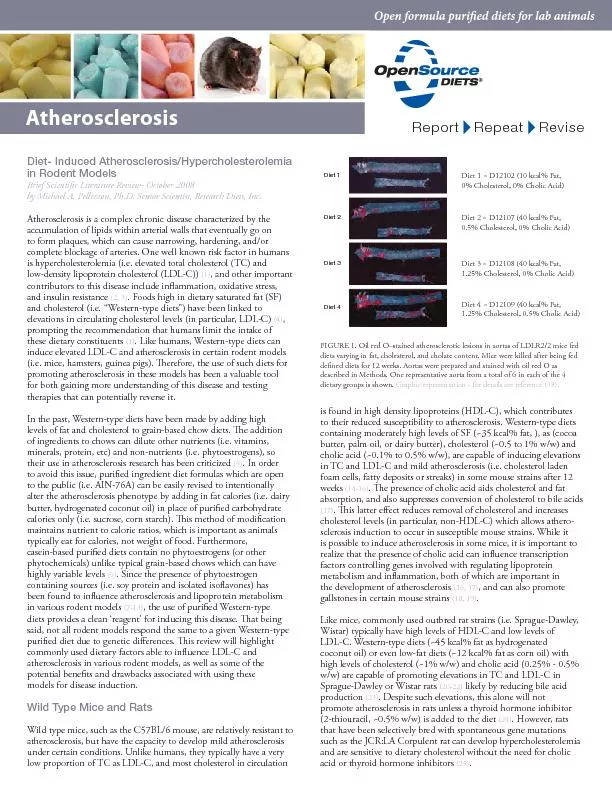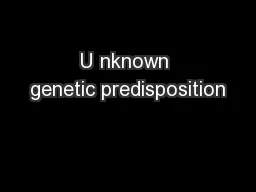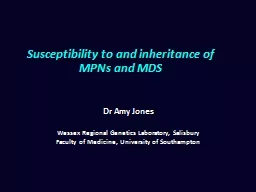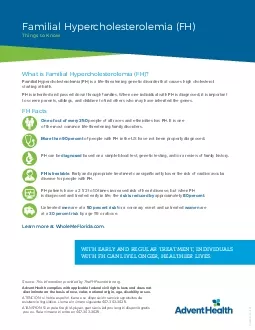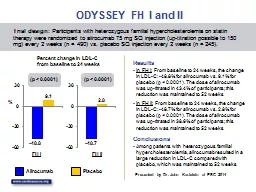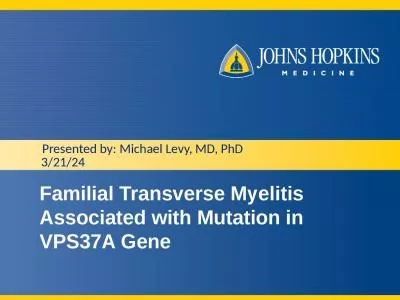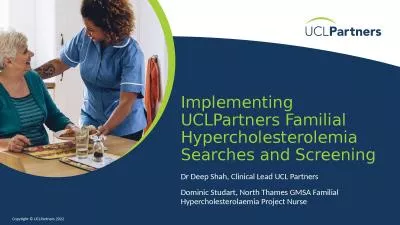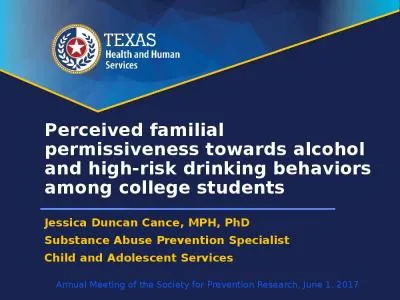PPT-Familial Hypercholesterolemia
Author : pasty-toler | Published Date : 2017-10-07
Developed by Ms Shawna Morrison Dr Judith Allanson and Dr June Carroll Last updated October 2016 Disclaimer This presentation is for educational purposes only
Presentation Embed Code
Download Presentation
Download Presentation The PPT/PDF document "Familial Hypercholesterolemia" is the property of its rightful owner. Permission is granted to download and print the materials on this website for personal, non-commercial use only, and to display it on your personal computer provided you do not modify the materials and that you retain all copyright notices contained in the materials. By downloading content from our website, you accept the terms of this agreement.
Familial Hypercholesterolemia: Transcript
Download Rules Of Document
"Familial Hypercholesterolemia"The content belongs to its owner. You may download and print it for personal use, without modification, and keep all copyright notices. By downloading, you agree to these terms.
Related Documents

